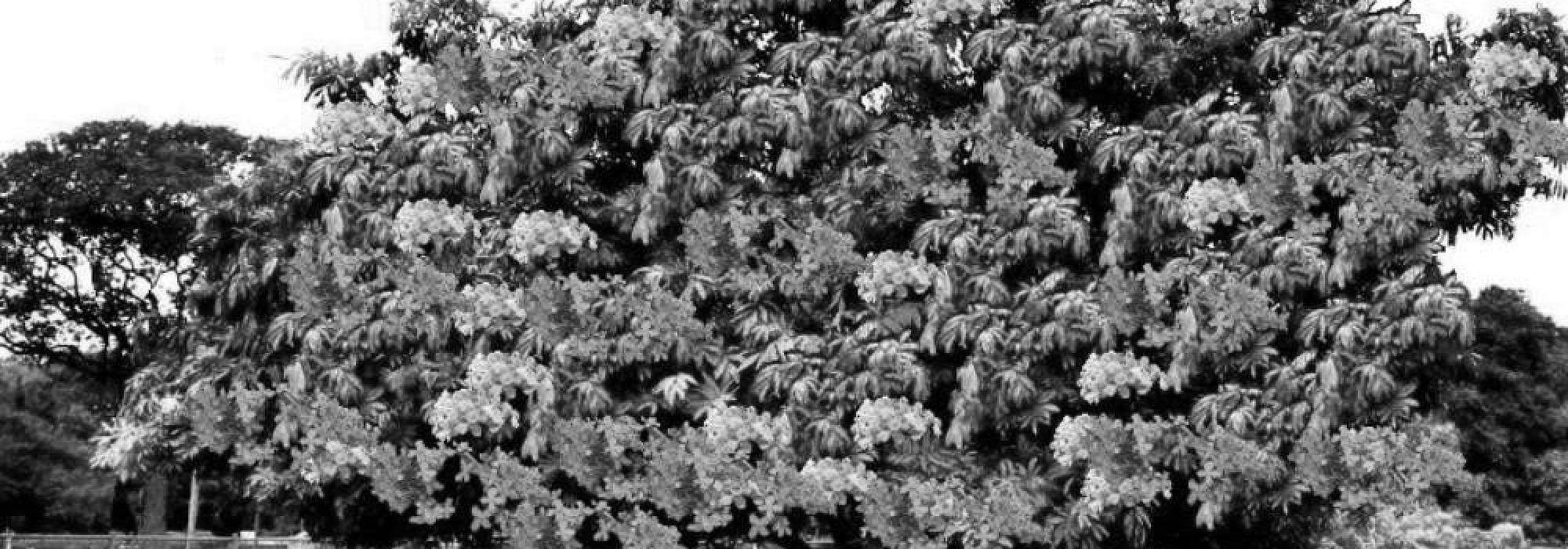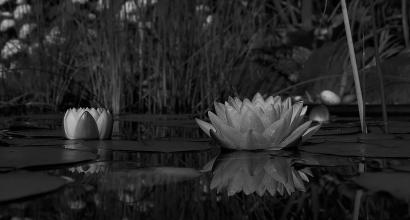All-round capability
Chikkamagalur’s coffee planter Sri Srinivasa Rao used to tease Venkatakrishnaiah affectionately. “If some troublemakers made an association naming ‘Mysore’s Dacoits club’ and asked him to be the president; he would not deny”.
Three or four conferences happened one afternoon between two PM to seven PM during 1910-11 in Mysore’s Marimallappa High School. Each one of them was presided by Venkatakrishnaiah. Theosophical society, Arya Samaj, Samāja-sudhāraṇe (Betterment of society), Vitantu-saṃrakṣaṇe (Welfare of Widows), Go-saṃrakṣaṇe (Welfare of cattle) -- for every cause there was a group. Venkatakrishnaiah took the lead role in all of them. I too witnessed the proceedings of these groups; I observed his varied interests. In each matter, he spoke without hurting or disappointing anyone. He would say the merit in each argument in a dignified way. This way he was a person with no enemies (as the Telugu proverb goes -- Anantayya -- in good terms with everyone[1]).
Legislative council
During 1915-16 in the legislative council of Mysore, a bill related to Mysore University was being discussed. Venkatakrishnaiah was also present. Sir A. R Banerjee, a member of the council, presented the bill. He said “There have been several requests related to this bill from the city of Mysore. 1: ‘Mr. M. Venkatakrishnaiah, president of the literary union, has written like this’, 2: ‘Mr. M Venkatakrishnaiah, municipal council member, has suggested the following in the council’, 3: ‘Mr. Venkatakrishnaiah, president of teachers’ association, has written like this’, 4: ‘Mr. Venkatakrishnaiah from Paṇḍita-maṇḍali (scholars'-circle) has written like this’, 5: ‘Mr. Venkatakrishnaiah, President of Mahajana-sabha has said so’”.
This way Sir Banerjee named seven to eight organizations, quoted as many opinions, and finally said, “In this assembly I see one Venkatakrishnaiah. I am eagerly waiting to hear him. Does any of the above seven to eight opinions belong to him, or he has a ninth opinion?”
Venkatakrishnaiah laughed with everyone listening to the narration of Sir Banerjee and he answered thus “I belong to many organizations. I have put forward the recommendations and decisions of each organization. That is the responsibility of the President of the organization. I would like to speak in my capacity here.” This was the all-round capability of Sri Venkatakrishnaiah. He would not hurt anyone.
Family-Life
I have already mentioned that if at all there was a long peaceful phase in his life certainly I’m not aware of it. In 1913-14 during Dasara, I was his guest. Then he was staying at a house in Ramā-vilāsa-agrahāra. His son Sri Narayana Rao was my dear friend. Narayana Rao's wife Smt. Rukminiyamma was like a sister to my wife. During my wife’s last days, when her death was imminent, she was the one who stayed close providing moral support. Narayana Rao, Rukminiyamma, their son, M. Subbarao -- who was then around five-six year old, who later went on to become an ICS officer -- also stayed with Venkatakrishnaiah. I camped there because of the affectionate persuasion from Narayana Rao and his wife. To my knowledge, this was the time when Venkatakrishnaiah had some sort of peace in his life. Visitors were happy to see child Subbarao. Beautiful appearance, pleasant complexion. A face similar to his grandfather's. Liveliness in speech. Visitors liked everything about him. Venkatakrishnaiah would observe these appreciations joyfully standing at a distance. This joy was seen in the glitter of his eyes but never spoken. After the demise of the first wife of Venkatakrishnaiah, he got married to Smt. Venkatalakshamma. Her brother’s son was Sri. T. Venkatasubba Shastry, a lawyer in Shivamogga known for his ability and pleasant conduct. Venkatalakshamma was educated. She knew Sanskrit very well. I have heard about her great qualities and virtuous character from others. Once that light faded away, Venkatakrishnaiah’s family life became dull and difficult.
As per my knowledge, Venkatakrishnaiah had two sisters. Both were traditional widows. Both were handicapped, one was blind and the other was lame. Both would work in synergy as if they are one. One can imagine the comforts and levels of enthusiasm that might be present in such a house.
Accident
Venkatakrishnaiah’s second son, Sri Narayana Rao was an Amaldar grade officer. During Visvesvaraya’s time, a department named, ‘Efficiency Audit’ [sic] was set up. Justice Madhava Rao was the head. His associate was M. Narayana Rao. Once, during the functioning of this department, on an evening, Narayana Rao was returning home on his bicycle. His route started from a building near the Sheshadri memorial and joined the huge road south of Statue. The same moment as he entered the junction; a speeding horse cart hit Narayana Rao’s bicycle. One of the shafts of the cart battered his chest, he fell down and passed away.
The news came to Lakshminarayanappa’s house in a few minutes on that horrific day. I was there at that time. Words fail me to describe what transpired later. That is not even necessary. From then after the passing of ten or fifteen days and completion of the last rites, one day Venkatakrishnaiah called his grandson Subbarao near and told:
“My child, from now on you can stay at one of the two places. One is my house in Mysore, another is the house of your mother’s father Dr. C. V. Ramarao. You can stay wherever you like. If you come to Mysore no one is there to take care. You will have to stay as an inhabitant of an orphanage along with fifteen to twenty others. You will be like them. Whatever happens to them happens to you. Your Grandparents will take care of you if you go to their house in Bangalore. As Ramarao has all comforts, he can take care of your higher education and future. You choose based on your liking. Think and decide where you want to be. If you stay with me, I will be extremely happy. You are not a burden to me. You are my beloved. But I should think about your future. Consult your mother and grandparents and make a decision”.
This is Venkatakrishnaiah’s character:
अयं निजः परो वेति गणना लघुचेतसाम् |
उदारचरितानां तु वसुधैव कुटुम्बकम् ||This person is a friend; or is he a foe? - such are thoughts of narrow-minded people. For the noble-minded the whole world is a family.
Venkatakrishnaiah would consider everyone as his family.
Writing work
Venkatakrishnaiah would get up at four in the morning. By five he would tie a piece of cloth around his head and would dictate articles which were to be sent out. The dictation would be in english or Kannada and one of his students would be the scribe. Normally Venkatakrishnaiah would hold an edition of “Madras Mail” and choose a topic. That was the paper which would provoke his thoughts and trigger his mind. The style and imagination were his. He had a simple and natural style. His Kannada while being understandable to the common readers would be interspersed with scholarly phrases from Sanskrit bringing joy to one and all. His English was majestic and included good idioms. This would go on till seven in the morning. In between there would be a coffee break. Then he would go for a walk.
This is the fourth part of the translation of the fifth essay in D V Gundappa’s magnum-opus Jnapakachitrashaale (Volume 6) – Halavu Sarvajanikaru. Edited by Raghavendra G S.
Footnotes
[1]ಅಂದರಿಕಿ ಮಂಚಿವಾಡು ಅನಂತಯ್ಯ











































